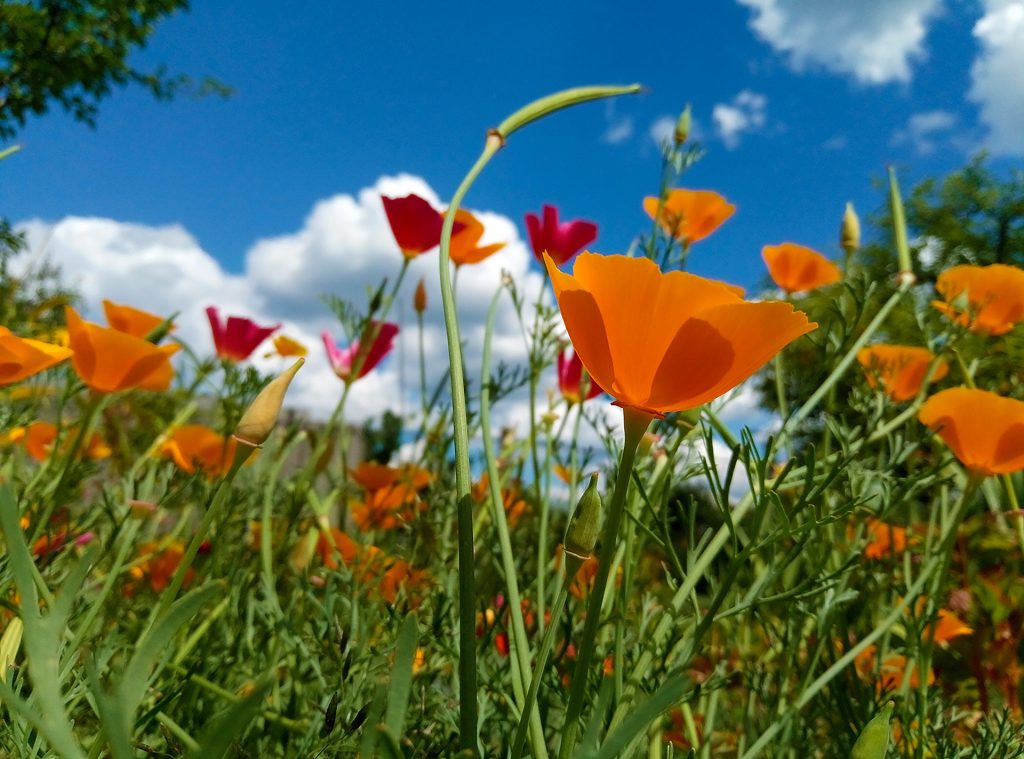January in your garden checklist

The new year is always a great time to start afresh and get back into the garden. Remove any tired or spent annuals and fill the gaps with new babies that will flower into autumn. Planting fresh herbs and veggies will also help you stick to those healthy New Year’s resolutions. Happy 2021, dear green fingers, and please do remember that your Life is A Garden!
What to do in the January garden
- There is still enough time to sow Eschsholzia, Lobelia, and Phlox for an abundance of summer and autumn colour.
- Water regularly during dry spells.
- Put out snail bait after rainfall or after watering in the evening.
- If yellow patches appear on the lawn, this is an almost sure sign of lawn caterpillar, also known as armyworm.
Tip: Use a thick, moist towel placed over a patch at night. If lawn caterpillars are the culprit, they will still be foraging on the lawn in the morning when you lift the towel. Consult your local GCA Garden Centre for a remedy.
- Colourful Begonias are available in trays to liven up semi-shade and shady areas.
- Deadhead hydrangeas and use the beautiful blooms in dry arrangements.
- A light summer pruning of your roses will help to extend quality flowering into late autumn.
- Gently prune lavender plants that have stopped flowering to encourage an autumn flush.
Mulch, mulch, mulch to beat the heat and save water.
What to do in the January veggie garden
- Most veggies need 60 to 90 days to harvest so if we are sowing in January, we need to think about what we will eat fresh from the garden in March and April. Never sow the whole seed packet at once as it literally contains from around 50 to several hundred seeds, so rather sow in 14-day intervals to achieve a continuous harvest.
- If your mint, basil or sage is looking tired and leggy, re-sow them now.
- Plant sweet peppers as seedlings – they are tasty in summer salads and many other dishes.
- Keep protecting your fruit and veggies from fruit flies.
- Feed your fruit trees, granadillas and veggies.
Tip: Never fertilise a plant when it is dry.
- Try some of the decorative edibles in your flower beds for a change. The pretty red, pink, white and yellow stems of Swiss chard are very colourful. The fine-textured, ferny purple leaves of bronze fennel are a wonderful contrast to bolder textured foliage in the garden. Their purple colour is also stunning when placed near shrubs with lime green leaves like Duranta ‘Sheena’s Gold’.
- Keep the herb garden full by planting chives, oregano, marjoram, thyme, sage and coriander.
Look out for plants wilting in the summer heat, especially in dry weather. Give plants a deep watering at night and mulch around them. There are also water retention products that you can use – these will be are available at your local GCA Garden Centre. Remember, you can always get great gardening advice at your GCA Garden Centre.


Sorry, the comment form is closed at this time.